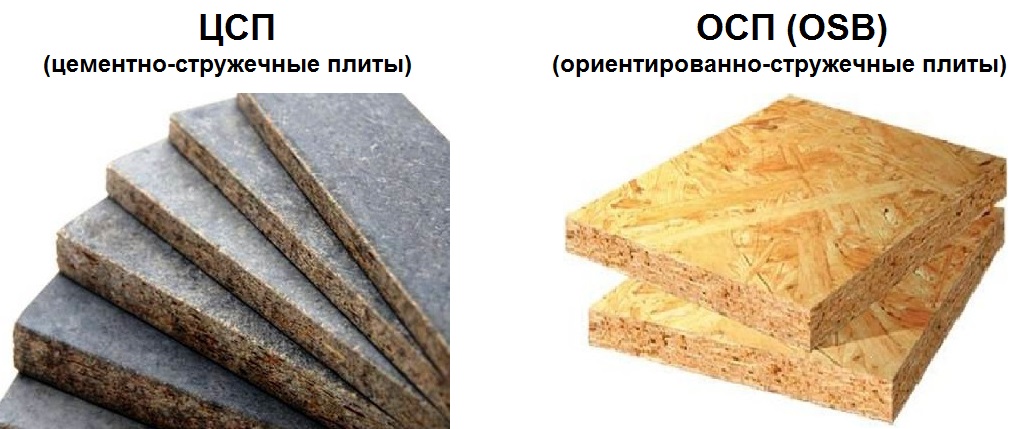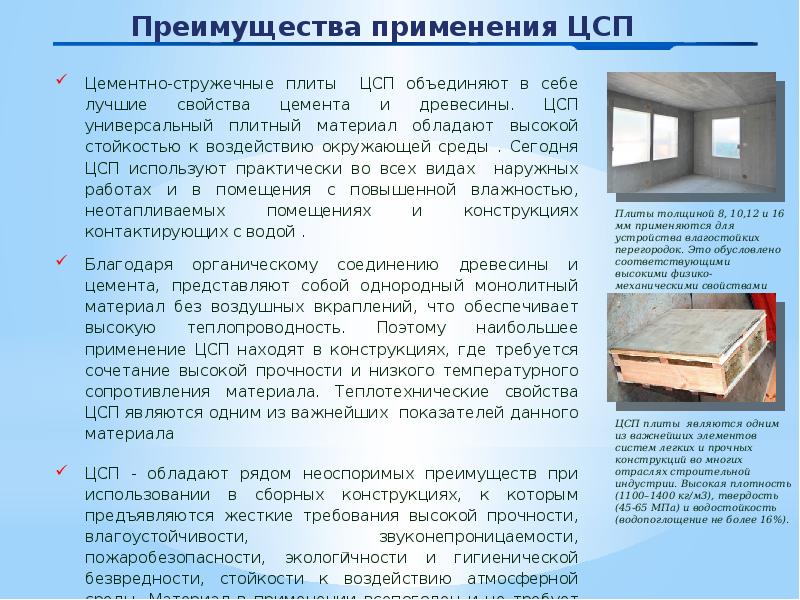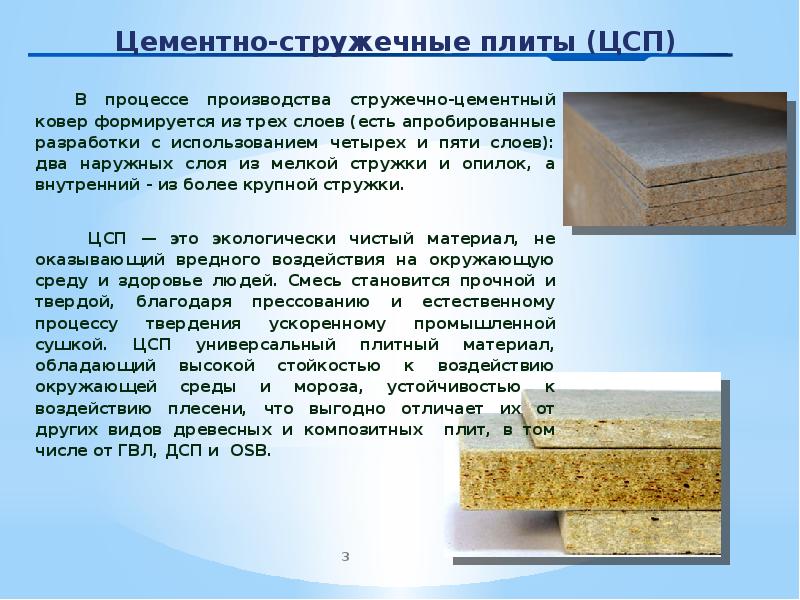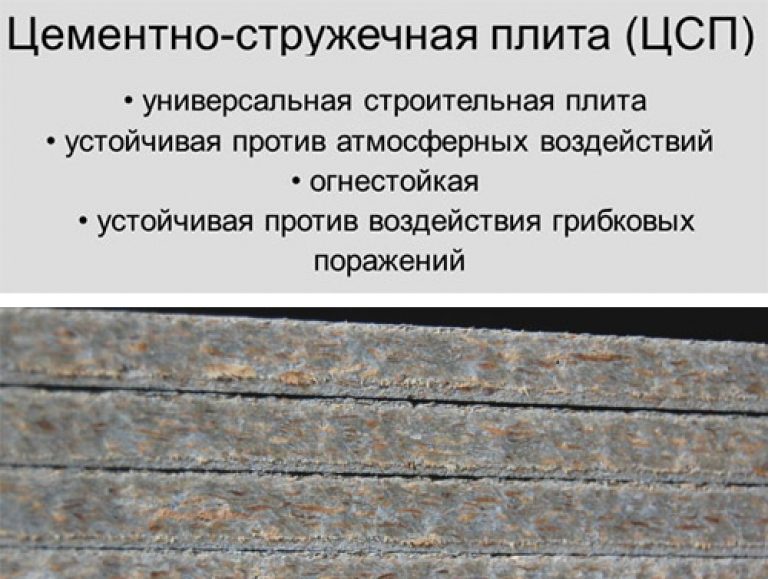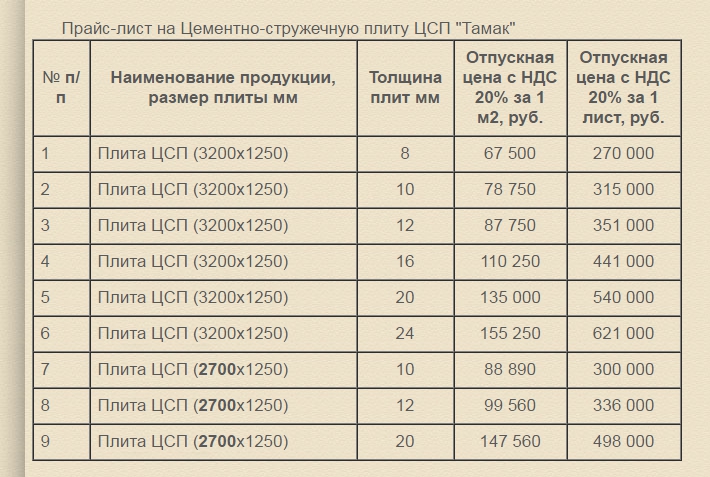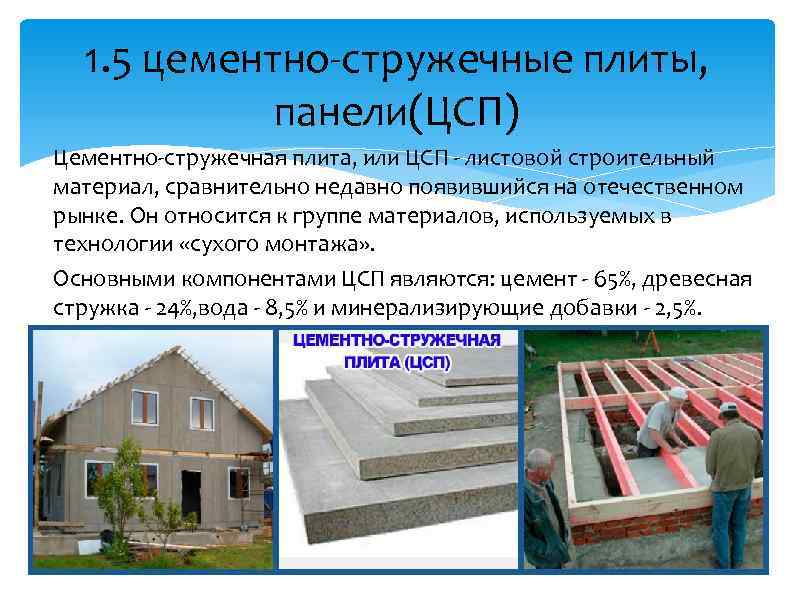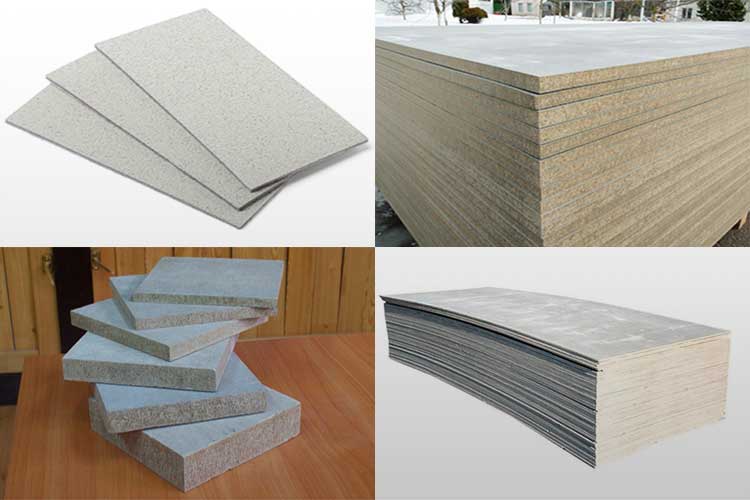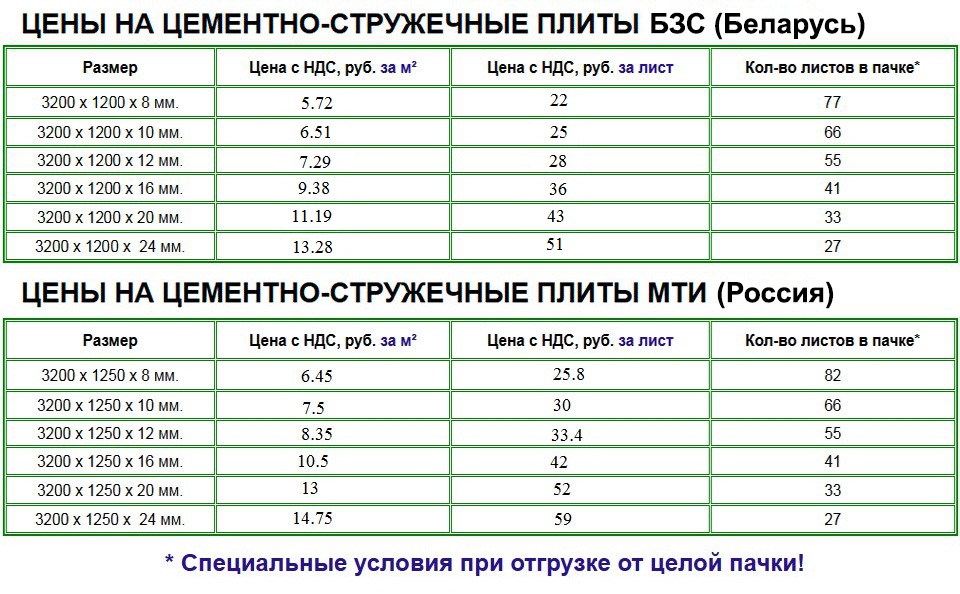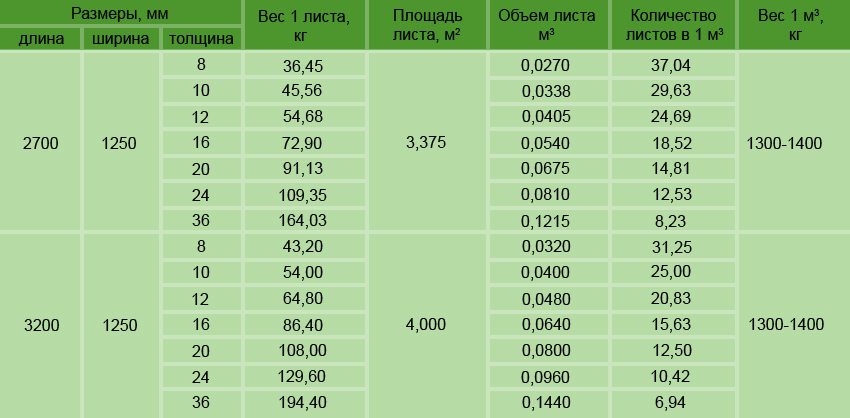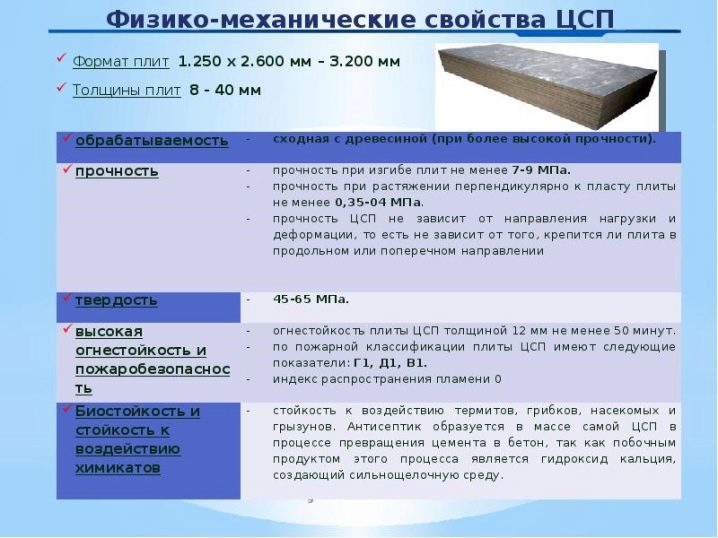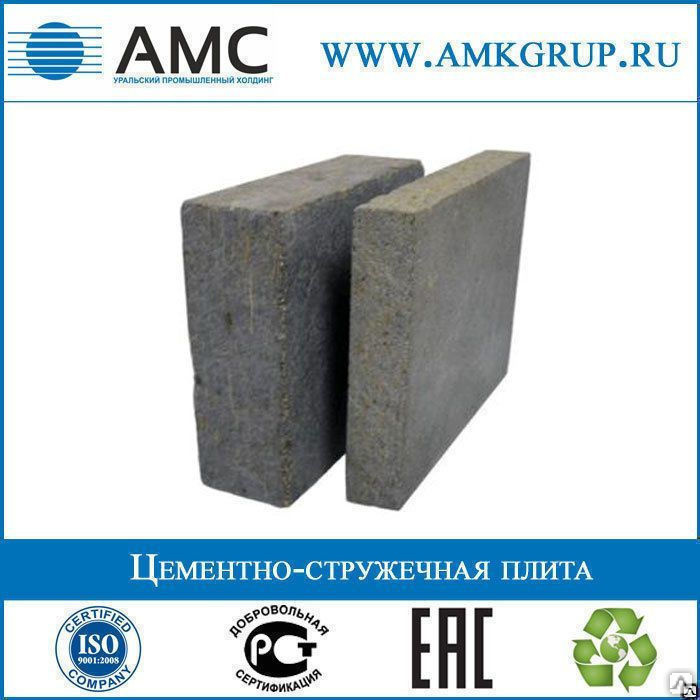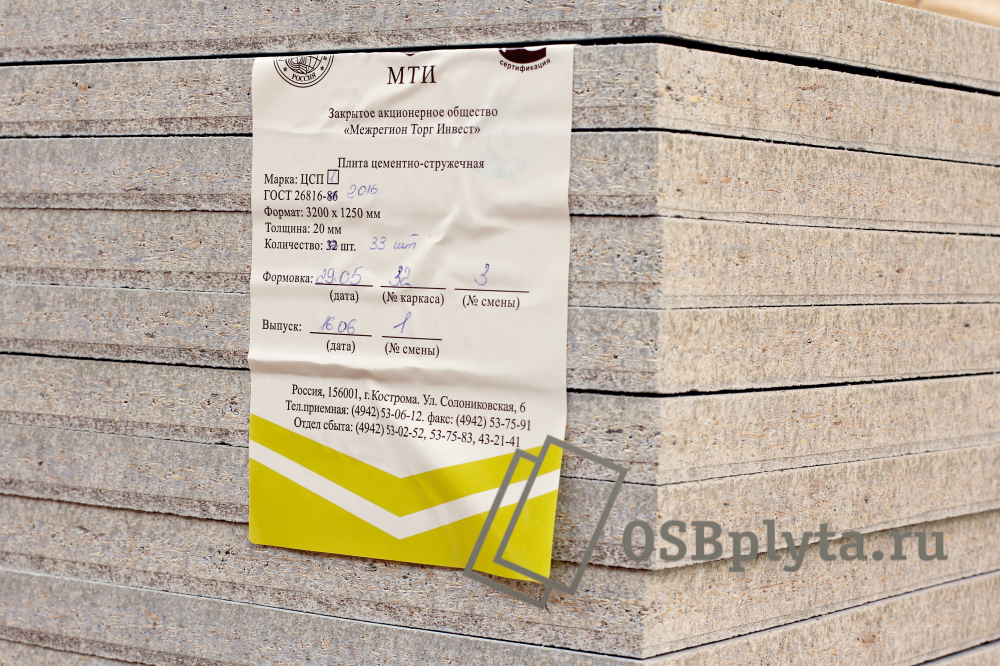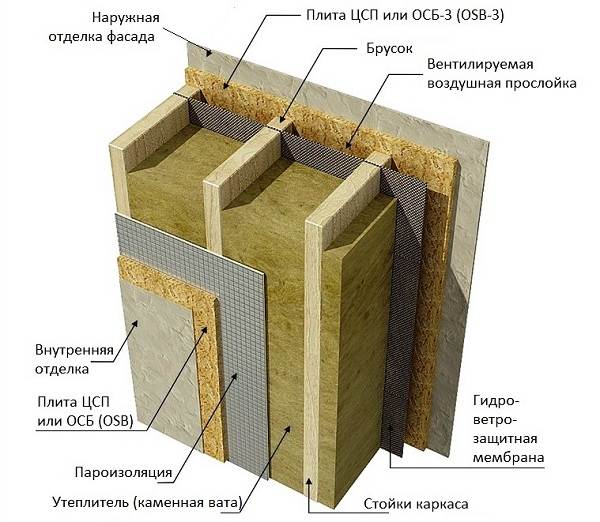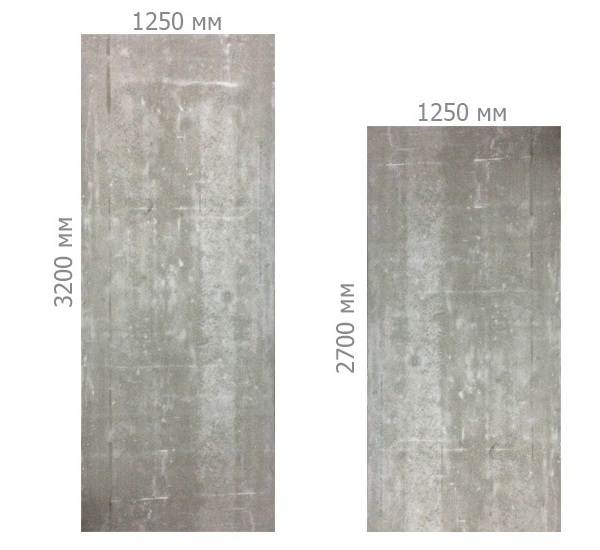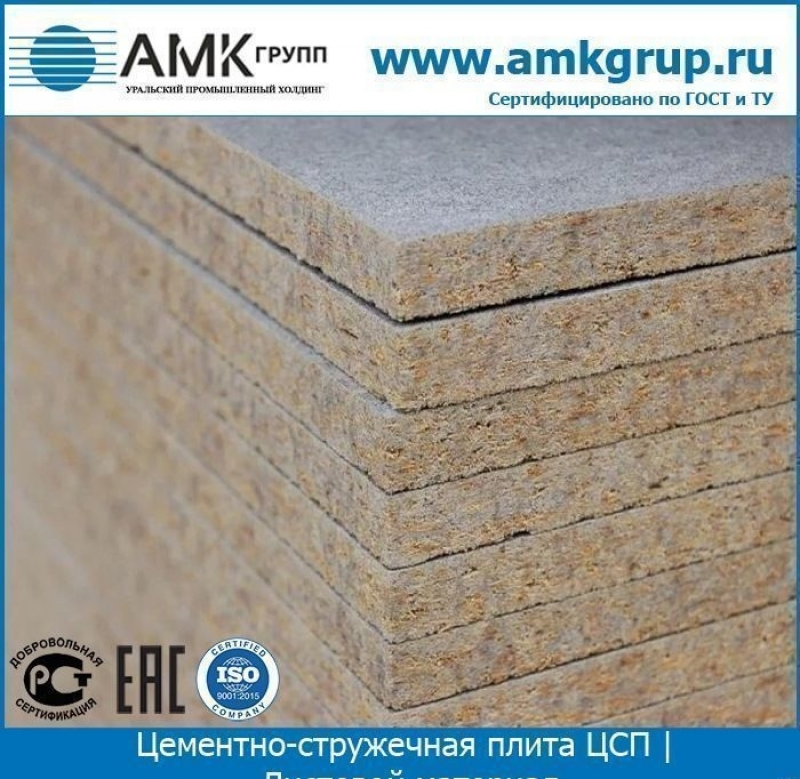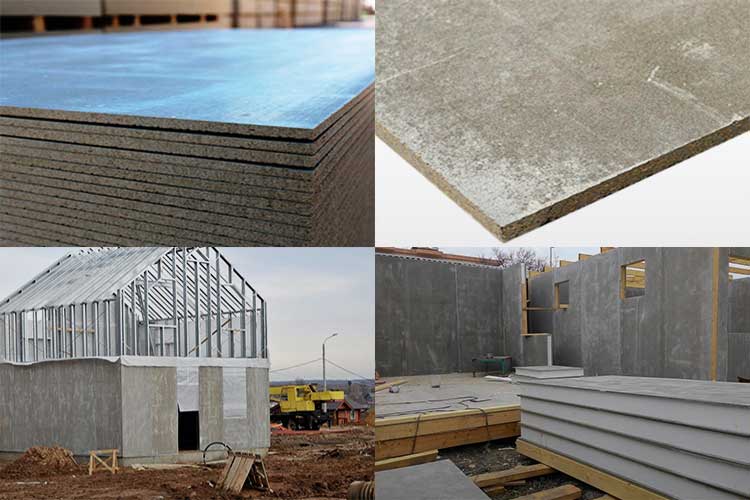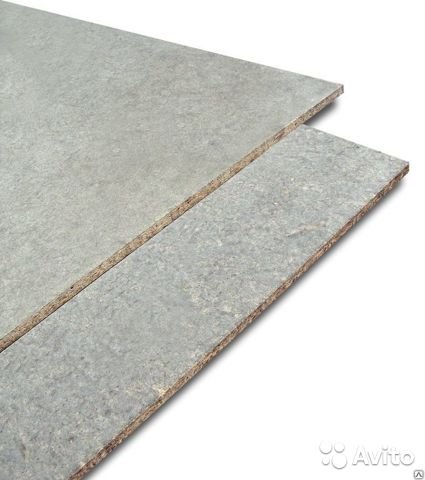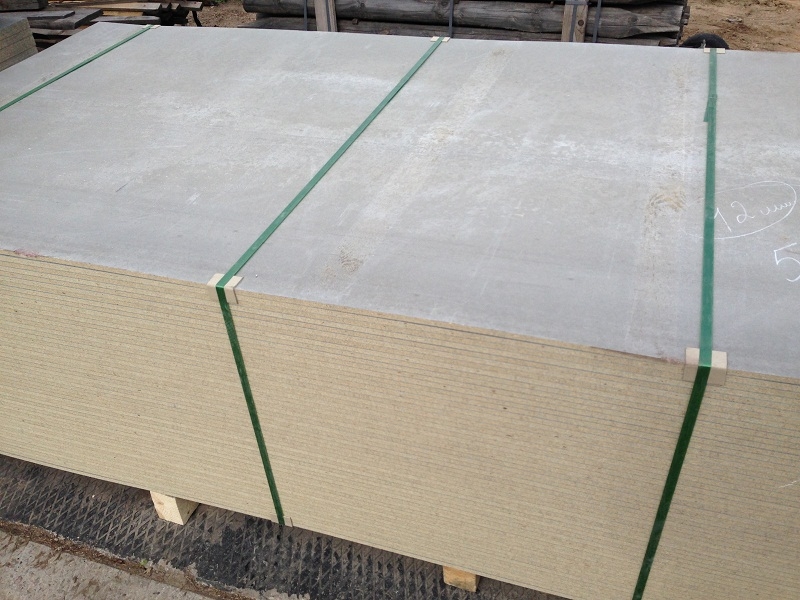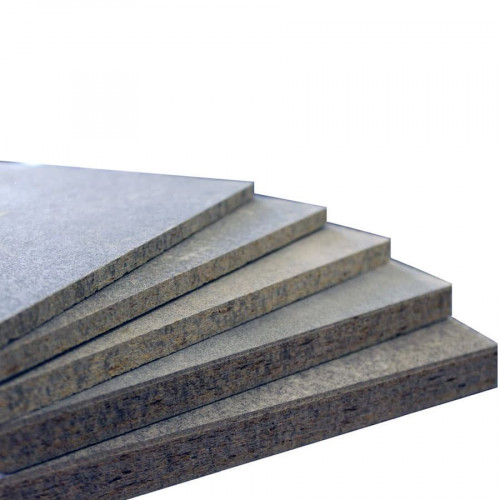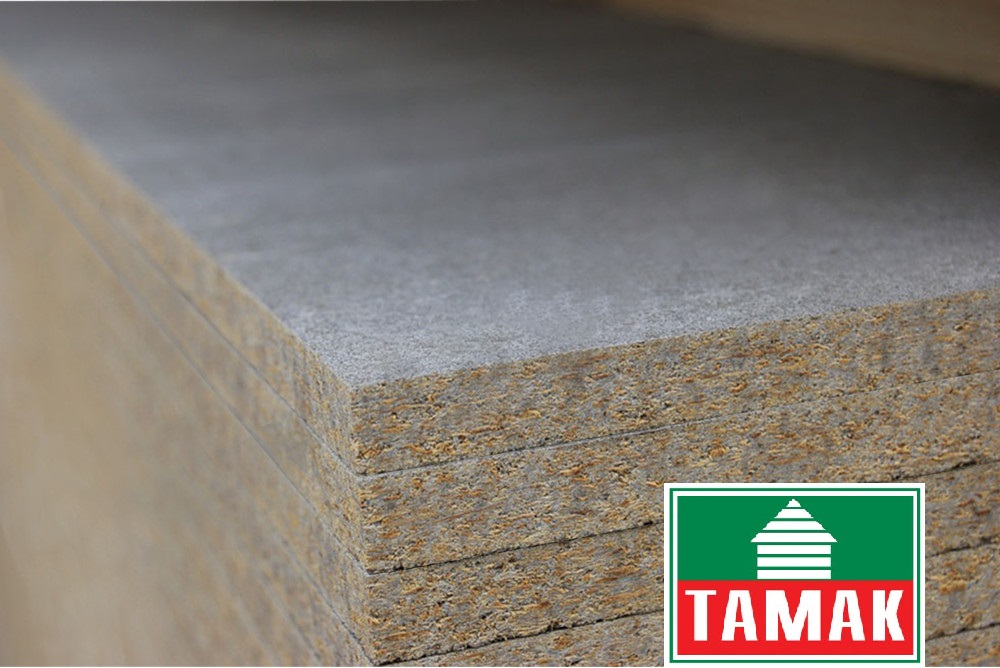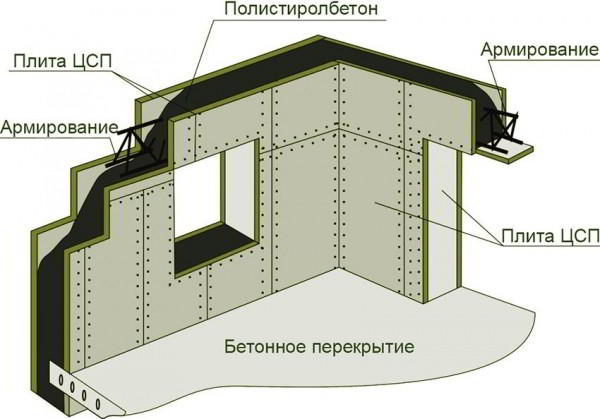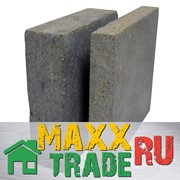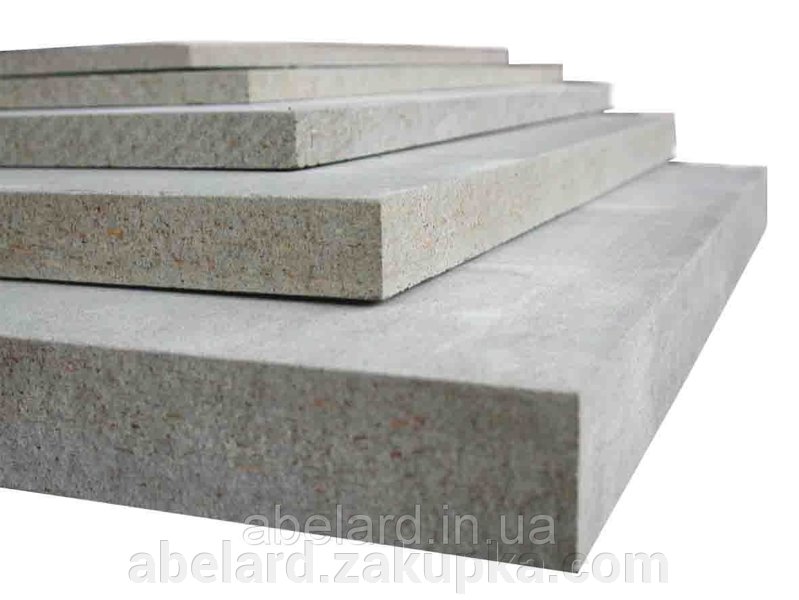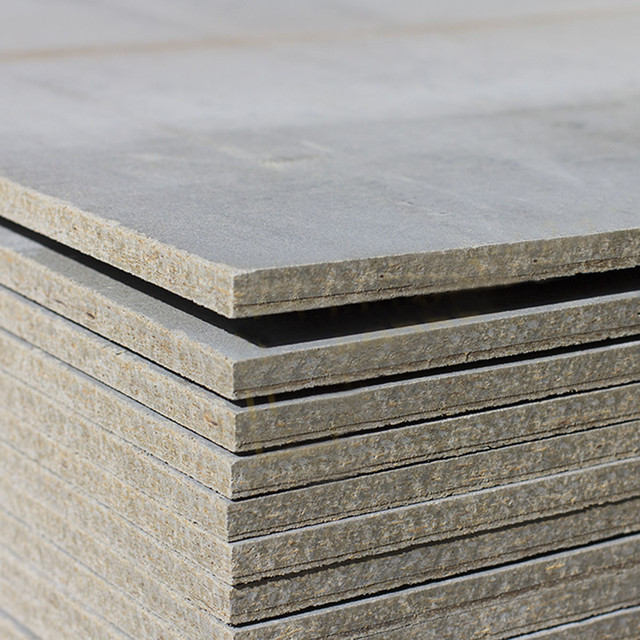How to paint a DSP board
The simplest way is painting to give the DSP boards an attractive appearance. After appropriate surface preparation, apply two layers of paint using a roller or spray gun. Most often, in order to paint DSP, they use:
Acrylic paints... This paint has good adhesion and high wear resistance. If financial possibilities allow, it is better to use paints that contain a solvent, but water-soluble facade acrylic paints, if applied correctly, will last from 3 to 5 years.
Latex paint... This coating is resistant to alkaline and weak acid solutions, easy to wash and mechanical cleaning with detergents. Besides. Painting work can be done independently, which will save a significant amount.
Silicate paint... The use of this type of coating has high adhesion, their vapor permeability provides optimal conditions for air circulation, which prevents the appearance of mold and other fungi. The coating is not afraid of atmospheric influences and detergents, and the service life will satisfy even the most demanding requirements.
Before proceeding to painting DSP, it is necessary to take into account that the use of alkyd paints is undesirable, since in direct contact with alkalis, cracking and peeling of the coating can occur.
Application area
If we talk about the advantages of DSP, first of all it is worth mentioning the incombustibility of the material. It is non-flammable and does not support combustion. The second positive point is the absence of synthetic components that emit styrene and formaldehyde. This explains the popularity of this material in frame housing construction. Even in spite of the solid weight of the slabs, the cladding of the first and second floors is made of them.
 Scope of CBPB boards - walls, ceiling, floor, formwork
Scope of CBPB boards - walls, ceiling, floor, formwork
DSP slab for the floor is also used. But it should be said that the material has an unstable geometry. This is explained by technological features. So it is difficult to get a perfectly flat surface without "steps" between the sheets.
Second point. DSP boards are plastic. In the sense that if they are laid on an uneven surface, over time they will take the shape of the surface. On the one hand, this is good - where some sheet materials on uneven floors can break, the DSP will simply repeat the shape. On the other hand, you can't even put a thick sheet on logs with a long distance - it will sag over time. On a subfloor or other base with minimal gaps, it can be used without problems.
Mounting
Before the boards are used in construction, they must be transported to the construction site. You should be aware that transportation is carried out exclusively in an upright position. It is recommended to store sheets in a horizontal position.
They are attached to the installation site in three zones with press washers. For this, suitable holes must be drilled. The only disadvantage of cement-bonded particle sheets is fragility, so you need to handle them carefully.

The facade is finished by fastening the sheets with nails, self-tapping screws, metal brackets or screws to the frame from beams or a metal profile. An acceptable pitch of the battens is about 60 cm. It is better to fix the bars in a vertical position, and in small areas, horizontal mounting can be used. Gaps of 4–5 mm are left between the sheets, which prevents their deformation when the temperature of the atmosphere changes.

To fill the joints, use an elastic resin or a sealing gasket. Outside, they are covered with factory strips or options made from DSP scraps. The space between the wall and the sheets, depending on the purpose of the structure, can be left empty, or filled with insulation, which is a very important element of construction for apartment buildings.
After fastening, the sheets are primed and decorative plaster is applied or painted. To do the installation yourself, you will need to use the above scheme.

Due to the absolute absence of emission of harmful gases and vapors during operation, DSPs are recommended for interior decoration of rooms, namely:
- they are used to level the walls - they are fixed in the frame of a rigid profile or in a special solution or mastic;
- form internal walls, especially in conditions of high dampness - in order to increase the service life of such a wall, it is necessary to treat it with a water-repellent agent and paint it with moisture-resistant paint.
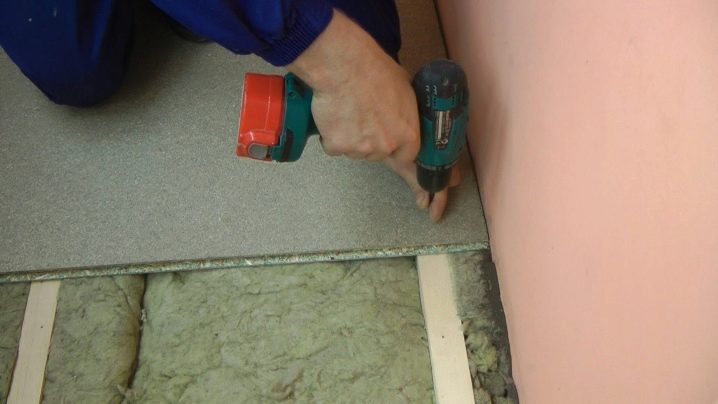
How DSP is made
The cement-bonded mixture from which the CBPB is made is a kind of concrete based on a mineral binder. Only small wood chips serve as a filler instead of sand and crushed stone. The introduction of wood into the composition of the slab reduced its density, but most importantly, the shavings played the role of not only a light filler, but also fiber - an additive that creates volumetric reinforcement that perceives tensile loads.
The mixture for making the slab includes:
- cement - 65%;
- shavings - 24%;
- water - 8.5-9%;
- mineralizing and hydration additives - 2-2.5%.
Mixing begins with grinding the chips to the desired size. After that, she is divided into two factions on the Sith. The small one is used to form the outer layers of the sheet, the larger one is used for the middle layer. Then it is treated with calcium chloride, "water glass", chloride or aluminum sulfate. This is necessary to protect the material from rotting and fungal attack.
The shavings sifted and treated with mineral additives are mixed with water and cement. Additives dissolve in water, accelerating the hardening of cement. In addition to these components, small amounts of fuel oil and industrial oil I-20 can be added to the mixture to reduce internal friction and facilitate pressing.
The prepared mixture is laid out in three layers on pallets, the pallets are collected in a stack and placed in a cold press, where this "package" is compressed to a pressure of 1.8-6.6 MPa and fixed in this state with locks. A special locking system maintains pressure in the mold after removing it from the press.
The compressed bags are heated for 8 hours. During this time, there is an accelerated hydration of the cement and its hardening. Wood shavings, due to their elasticity, compensate for cement shrinkage, therefore, the specified dimensions of the slabs do not change. Unlocking the molds and relieving pressure also takes place in the press. After that, the package is opened, and the slabs are removed and placed in a buffer warehouse for 1-2 weeks.
For the final ripening of the material, it is blown with air at a temperature of 70-100 ° C. After that, the sheets are cut to size, sanded, sorted and transferred to the finished product warehouse.
It is interesting: How to choose a submersible pump for a well - sharing our experience
Two layers
When installing floors on a hard base (wooden floor, sub-floor, concrete slab), it is recommended to lay two layers of sheets. Their total thickness and the thermal insulation materials used (if any) must provide the required level of thermal insulation and noise absorption.
 How to lay a DSP board on a hard base
How to lay a DSP board on a hard base
In this case, the second row DSP slab is laid with an offset of the seams. The displacement of the seams should be at least 50 cm. The layers can be twisted together with self-tapping screws. If you smear them with glue, it will be almost a monolith. By the way, this is a way out if it is difficult to lift thick slabs to a height.Thinner ones can even be carried up the stairs.
Do not forget to leave a gap for thermal expansion around the perimeter of the room - it is equal to 3-6 mm. In order to leave a gap along the walls when laying DSP, you can prop up with mounting wedges, insert spacers between the wall and the edge of the sheet. Insert thickness - 4-6 mm. You can roll out a damper tape around the perimeter. It will also improve the heat and sound insulation characteristics. If you are on a budget, you can cut thin polystyrene into strips and run the strips along the walls.
Underfloor heating from cement-bonded particle board for tiles.
Spheres of application of DSP
DSPs are widely used in many construction areas due to their technical characteristics. Modern products based on cement and wood chips compete with plasterboard, fiberboard and plywood.
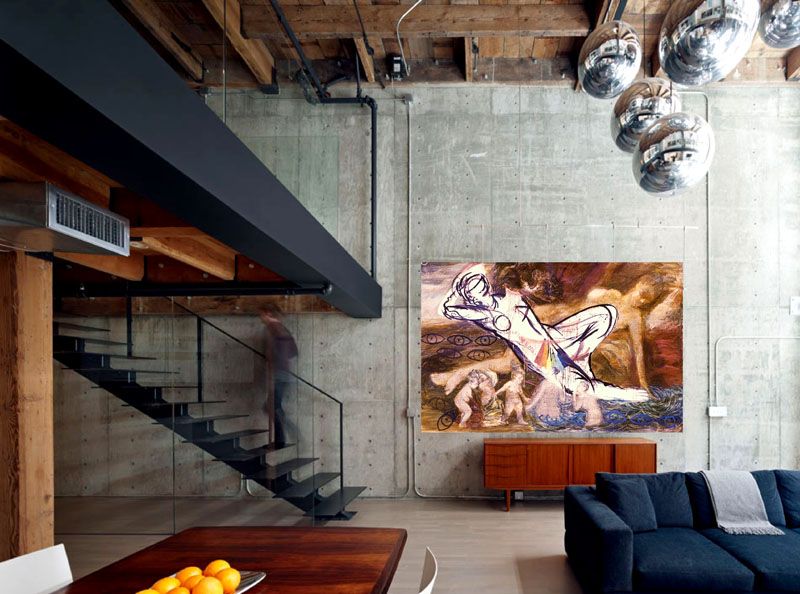 Loft-style room
Loft-style room
Facade decoration DSP
Houses, the facades of which are faced with DSP, acquire an aesthetic appearance. The front layer of such products can have different designs. They imitate other finishing materials (stone, brickwork, plaster) or have a decorative rough surface made of stone chips of various colors and fractions.
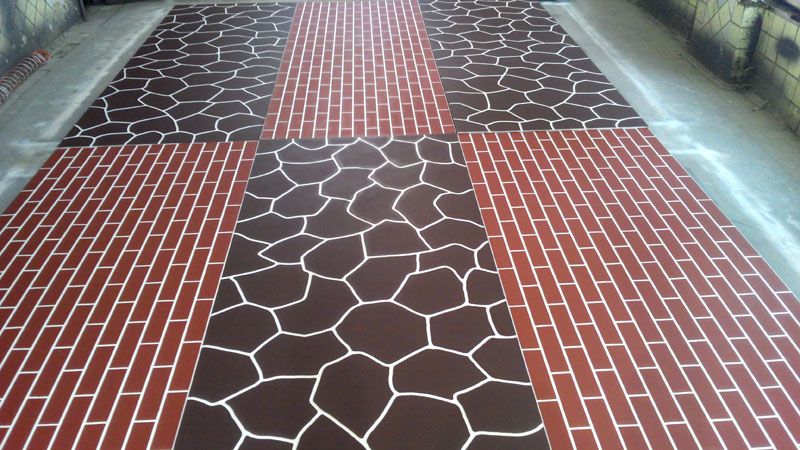 Milled decorative slabs for stone and brick
Milled decorative slabs for stone and brick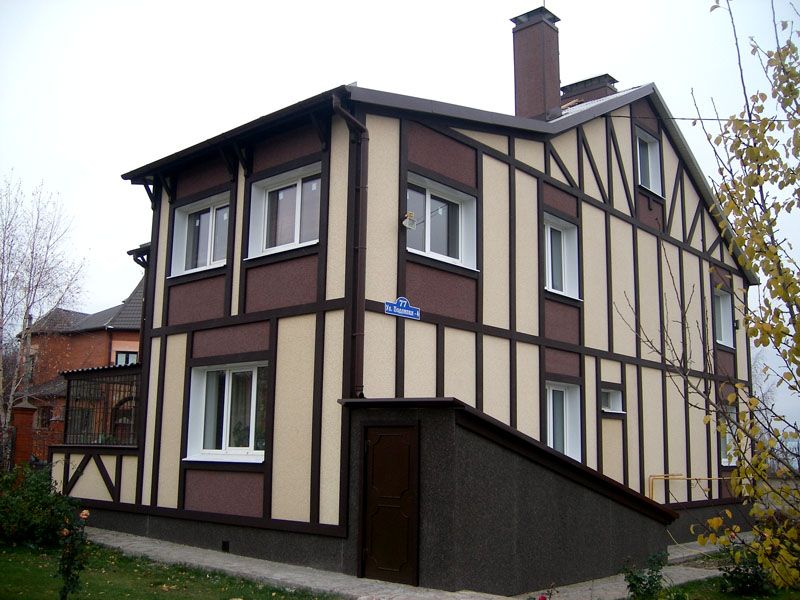 High strength, resistance to negative environmental influences and aesthetic appearance of decorative CBPBs make it possible to successfully use them for facade work in the construction of private houses
High strength, resistance to negative environmental influences and aesthetic appearance of decorative CBPBs make it possible to successfully use them for facade work in the construction of private houses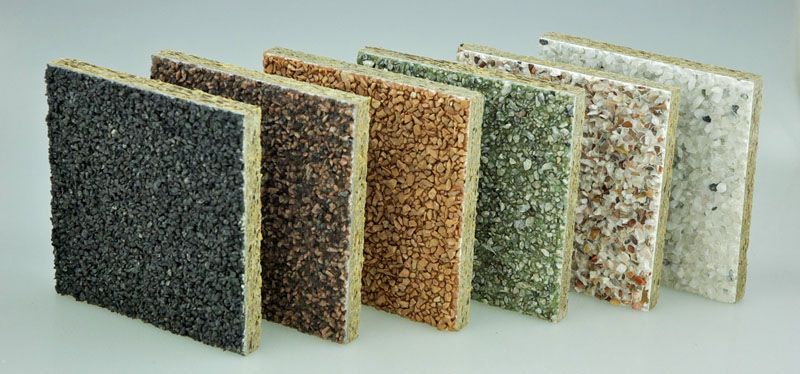 Variety of face decorative layer made of stone chips
Variety of face decorative layer made of stone chips
This video will tell you about decorative materials based on DSP for facades:

Application of DSP for flooring
When laying DSP on the floor along the logs, it is recommended to choose the thickness of the products from 24 mm in order to ensure sufficient strength of the floor covering.
 Fastening on lags
Fastening on lags
When working indoors, it is necessary to make preparatory measures - in the base to close up the holes, if any, fix the logs, put insulation and vapor barrier material.
 Preparatory work before laying the cement board on the floor
Preparatory work before laying the cement board on the floor
The plates are fixed with self-tapping screws, while the countersunk screw must be immersed in the body of the wooden beam by 20 mm. The result is a perfectly flat sub-floor with excellent performance.
csp stove
Frame construction
DSPs have proven to be excellent in the construction of frame-type houses. There are two option - the purchase of a ready-made house kit from SIP panels based on DSP or independent construction of walls, between which there is a mineral insulation. The plates are fixed along a wooden or metal crate, while the frame is sewn up along the perimeter, and then the window and door openings are cut out. The lathing elements are installed in 60 cm increments so that the insulation material can be firmly fixed between them. Plates are taken with a thickness of 10-16 mm, they are fixed with galvanized screws.
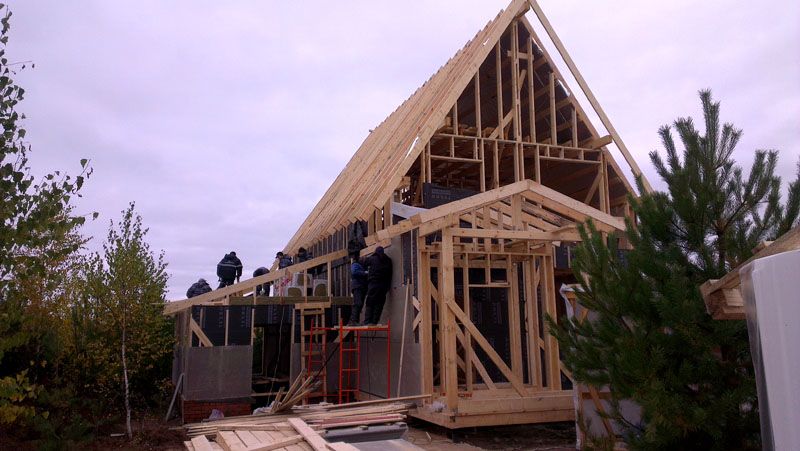 House on frame technology using DSP
House on frame technology using DSP
Related article:
Interior finishing works
The environmental safety of cement-bonded particle boards made it possible to use them as a full-fledged finishing material inside premises for any purpose. Due to its high moisture resistance, this material has significantly displaced drywall, which is not recommended for use on walls in damp rooms.
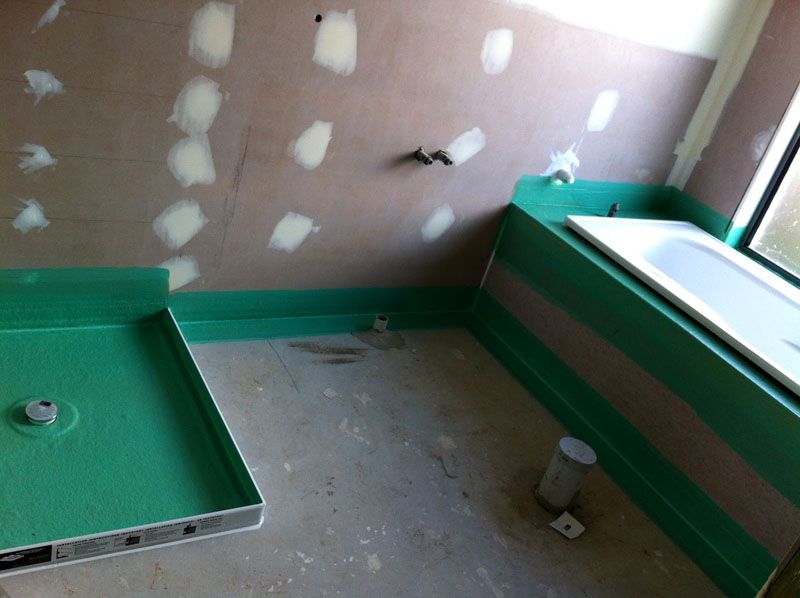 Aligning the walls and floor in the bathroom
Aligning the walls and floor in the bathroom
DSPs are used for effective leveling of walls and their subsequent finishing with decorative finishing materials. However, DSP in some interiors (loft, industrial, high-tech and others), where an untreated concrete texture is appropriate, is used to create accent surfaces and even for cladding entire rooms.
 The accent wall in the bedroom at the head of the bed is made of cement panels
The accent wall in the bedroom at the head of the bed is made of cement panels
The fastening of the plates depends on the thickness and dimensions of the sheets, and, accordingly, their weight.Heavy products are fastened along the crate, and light ones - with the help of a special solution or mastic.
Production of SIP panels from CBPB
SIP panels made of CBPB are a three-layer material, where insulation made of expanded polystyrene, basalt fiber or polyurethane foam (PPU) is fixed between the sheets.
 Appearance of sandwich panels
Appearance of sandwich panels
A common feature of the material is its high fire and environmental safety. The possibility of quick construction of a private house and significant savings on finishing facade work.
 Assembling a house kit from self-supporting insulated wire with DSP
Assembling a house kit from self-supporting insulated wire with DSP
Application of DSP for formwork in monolithic construction
There are a number of advantages of this type of fixed formwork in the production of monolithic works:
- Reduction of installation work and the total construction time of the facility.
- Surface readiness for final finishing.
- High profitability of the construction of the facility as a whole.
- A guarantee of creating a solid and reliable structure.
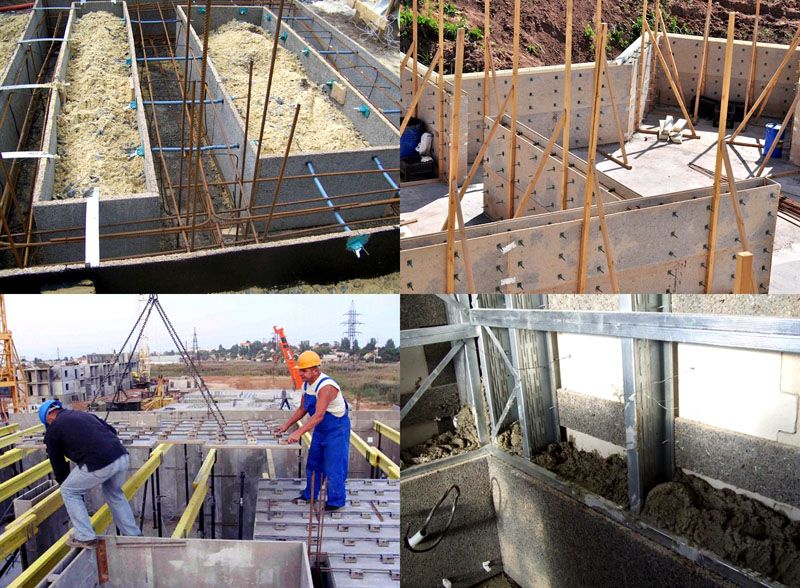 Monolithic construction using permanent formwork made of cement-bonded particle board
Monolithic construction using permanent formwork made of cement-bonded particle board
Specifications
Cement-bonded products have a number of fixed technical characteristics that explain many of their properties:
- the composition is a quarter made of wood chips, a little more than 8% is water, the main component is Portland cement and the share of additional impurities is 2 and a half percent;
- material thickness varies from 8 to 12 mm;
- the width of the slab is 120 or 125 cm;
- length - from 2.6 to 3.2 m. On order, you can choose a model with a length of up to 3.6 m;
- the weight of one square meter of DSP, having a thickness of 8 mm, reaches 10 kg.
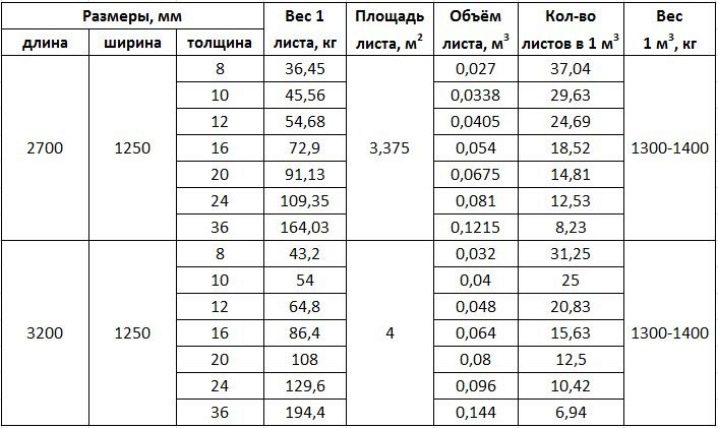
The material has a high density, which reaches 1300 kg / m3. In the process of moisture absorption, the density can increase by 2 percent. The water absorption capacity is usually less than 16%.
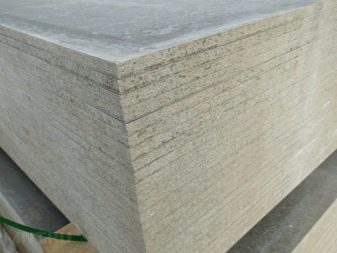
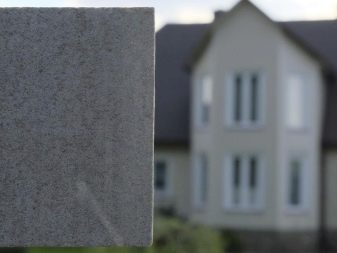
The sheets have a fire resistance class G1, which means that the material has low flammability. The thermal conductivity is 0.26 W.
All of the listed characteristics allow you to choose the required number and parameters of the building material.
There are also different types of materials for slabs and molded products made from CBPB:
- Xylolite is a high-strength material with good thermal insulation. Such slabs are often used for flooring. Products are presented in a wide range of colors.
- Fiberboard is a raw material consisting of long fibers. It has high thermal insulation properties and a soft texture. Biological factors do not have a strong effect on this type of CSP.
- Arbolite, which is used in various fields, can be attributed to fine-chip materials.
Advantages and disadvantages
Like any building material, DSP has a number of advantages and disadvantages. The advantages of such plates include:
- The material is highly resistant to moisture and temperature extremes. Plates can withstand up to 50 frost cycles. This characteristic significantly affects the service life of the plates.
- The raw materials used to create such partitions are absolutely safe for human health. CSP does not emit harmful toxins and does not cause allergic reactions.
- Cement particle board is perfect for various transformations. With it, you can use any finishing methods and change the surface of the product as you wish.
- Wide range of. A rich variety of products can be found in modern home improvement stores.
- Affordable price is an important advantage. Since the material is often used in the construction of a home from scratch, purchasing a large amount of material will not negatively affect your budget.
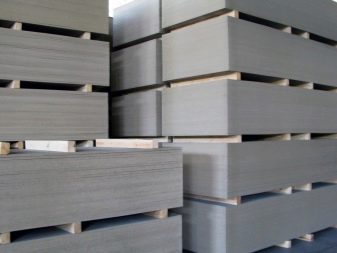

- Plates of this type are very durable.
- An important feature when using DSP as interior partitions is their good sound absorption. They create the required level of sound insulation and additional comfort in the room.
- Unlike some other materials, DSP is not exposed to parasites, harmful insects or rodents that can periodically appear in a private house.
- The material is not subject to instantaneous combustion. The stove can only catch fire when exposed to an open flame.
- DSPs are very durable. Such plates can last for more than a dozen years.


- Cement-bonded products are easy to use. It is convenient to carry out various repair work on such a surface using a drill, perforator or knife.
- The fixed size of the products makes the installation process much easier.
- The material is resistant to decay processes.
- When cement bonded particleboard is used for screed floors, it offers significant cost savings over, for example, self-leveling compounds or cement-sand leveling options.

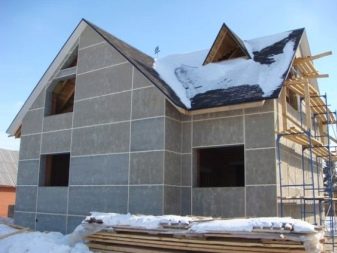
The negative properties of DSPs include:
- Products can reach a large mass, which significantly complicates their use in high rooms. The high weight is due to the high density of the material.
- The material is not plastic. If you try to bend such a plate, then you can break it. The risk of breakage during construction work explains the need to purchase material with a stock.
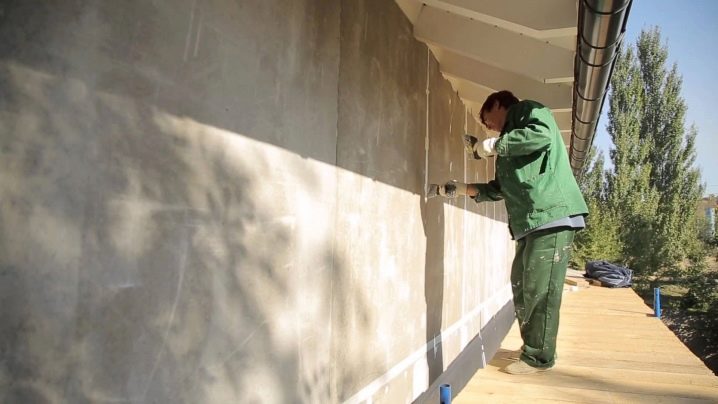
Based on the data presented, it can be seen that the DSP has significantly more pluses than minuses. The disadvantages of such products are easily compensated for by their advantages.
DSP on the floor: how to use
It is recommended to make a floor made of DSP from slabs with a thickness of at least 20 mm. Theoretically, slabs of this thickness can also be placed on logs, but it is better to make the installation step small. Thinner sheets can be used on a solid even base (concrete screed or subfloor), but the thermal insulation and sound insulation characteristics will be lower.
 Dependence of the thermal insulation coefficient on the thickness of the slab and the weight of one sheet of different thickness
Dependence of the thermal insulation coefficient on the thickness of the slab and the weight of one sheet of different thickness
As a base for laying a topcoat, this is one of the good options. You can lay both soft (linoleum, carpet, PVC tiles, cork) and hard (laminate, parquet, parquet board) coverings. Lay on DSP and tiles. In this case, take a cement-based glue and see that the base is stable, there is no movement. When laying out, try to make sure that the seam of the tile does not fall on the joint of two sheets.
Under hard coverings (in particular, under tiles), it is possible to lay DSP not along the walls, but obliquely. In this way, when laying straight, you will definitely avoid overlapping seams. There is more fuss with such laying of plates, but the load on the seams will be lower. There is less chance of cracks in the seams or tiles breaking, swelling of the laminate seam.
Various types and dimensions of plates
A cement board with wood shavings as filling is manufactured in accordance with the relevant GOST. Two varieties of this finishing material are produced:
- TsSP-1;
- TsSP-2.
Their main difference is the quality of production. TsSP-1 is subject to higher requirements for dimensional accuracy; it is stronger and the planes are smoother. As for the standards for strength, accuracy and thickness compliance, they are ranked separately for each product range. In terms of thickness, DSPs are made from 8 to 40 millimeters, an increase is made every 2 millimeters.
Both types of slabs have the same overall dimensions. There are two DSP form factors available:
- DSP slab, dimensions - 3.2 meters long and 1.2 meters wide;
- DSP dimensions - 3.6 meters long and 1.25 meters wide.
The brands of plates described above are "basic" because, there are still several materials similar in components and properties.
TsSP-1
Fibrolite
It is characterized by sufficient softness and reduced density. This is due to the fact that it is not chips that are used as filling, but fibers - "wood wool". The fibers give a higher fiber. This composite is used for sound insulation and insulation.
Arbolit
This composite is classified as a lightweight concrete. Filled with wood chips, shavings, chopped reeds or straw. It is not designed for high loads and therefore is used for the construction of one- or two-story houses, for insulation or as internal walls.
Xylolite
It resists moisture perfectly, since the special Sorel cement is used as a binder in this material. Xylolite is used for cladding structures exposed to high humidity - floors, roofs and others.
Treatment
Despite the presence of cement, the slabs are well cut and drilled. Putty and paint fit on them with high quality. After processing with a primer, wallpaper, tiles can be glued to the material.
A circular saw and a disc with victorious nozzles are used to cut the product. You can also use a wheel with diamond-coated teeth. If there are no such cutting elements, then it is allowed to use a stone circle (abrasive cutting), which is suitable in size.
For drilling, a drill with a metal drill with carbide taps is used. Work is carried out at medium or low speeds. To cut a hole in the stove, you need a jigsaw with a diamond saw. All work is best done in protective clothing, goggles and a respirator.
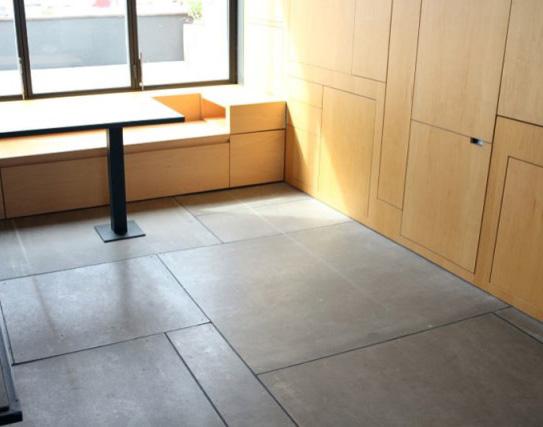
DSP application
The scope of application of the cement-bonded particle board is determined by its properties described above. Particularly valuable is a successful combination of valuable qualities that complement each other. Not many materials have strength, moisture resistance, environmental friendliness, fire safety and relatively low weight at the same time.
The form of the material in the form of plates gives another important advantage - ease of use, manufacturability. The use of DSP in many cases makes it possible to speed up the work, to exclude the so-called "wet processes", which require special qualifications from the masters, are labor-intensive and time-consuming, especially taking into account the time of hardening of building mixtures
The use of cement-bonded particle boards is reduced to installation work, the large dimensions of the sheets allow you to immediately cover a large area and simplify the alignment of the planes.
Sheathing of walls and partitions
Cement particle boards are very well suited for wall cladding, both solid and frame. Environmental safety makes them a good material for interior decoration, and moisture resistance allows them to be used for wet rooms and for exterior decoration of buildings.
The slabs can be attached to brick walls instead of conventional plaster. This method is called "dry plaster". Cladding with slabs allows you to easily get a flat surface. The complexity of this work, taking into account the simplicity of ensuring the proper quality, is much lower than with traditional plastering. For these purposes, sheets with a thickness of 8-12 mm are usually used.
Cement particle boards are very well suited for frame construction. This technology directly provides for sheet cladding, which ensures high manufacturability of work and time savings. One of the types of frame structures is internal partitions. DSP serves as a sound-insulating material that reduces the acoustic connection between rooms separated by a partition. For cladding frames, plates with a thickness of up to 20 mm are used.
Suspended facade systems
A hinged ventilated facade is one of the natural uses of CBPB. These sheets serve as outer sheathing to protect the inner layers from atmospheric moisture and wind. For a ventilated facade, the strength, moisture resistance and fire safety of the material are extremely important. DSP is able to withstand high mechanical loads, does not deteriorate from moisture and does not spread flame, even under conditions of strong draft in the ventilation gap. In this area, lightweight boards with a thickness of up to 12 mm are used.
Roofing systems
DSP is used in the construction of flat, including operated roofs.The sheets are laid on top of the thermal insulation and then covered with a waterproofing membrane. Due to the stiffness of the plates, the insulation is not exposed to concentrated loads and you can walk on the roof, and even use it, for example, under a summer cafe or a recreation area. Depending on the load in roofing systems, plates with a thickness of up to 20 mm are used, and in special cases even more.
Floors
For flooring, such properties of DSP as bending strength and moisture resistance are useful. This material is very suitable for subfloors - the so-called dry screed. Instead of spreading a layer of cement-sand mixture on the floor, smoothing it and waiting until it hardens, cement-bonded concrete boards are laid on the prepared "beacons" and immediately a flat base, ready for further finishing, is obtained, which also serves as a heat insulator.
For a frame house or when installing a floor, thicker slabs are taken along the logs. The choice of thickness is determined by the forthcoming load and the distance between the lags.
Another commonly used design is a floating floor. For her, DSP is also perfect, as well as for a flat insulated roof. The choice of the thickness of the slabs is influenced by the design loads and the density of the insulation. For the subfloor, plates with a thickness of at least 14 mm are used.
Formwork
Usually, in monolithic construction, the formwork is a temporary structure that is removed after the initial hardening of the concrete. The use of DSP allows you to combine the preparation of the formwork with finishing work. Permanent formwork is made from these slabs, which remains in the composition of the wall, immediately forming a flat surface that does not need plastering.
Garden paths
This is one of the possible applications of the DSP board. Here its strength and moisture resistance come in handy. Laying the slabs on a prepared sand "cushion" creates a flat surface that will not crumble, crack, on which dips or swelling will not occur. Of course, to compensate for frost heaving, you need to take care of arranging a high-quality drainage layer.
1 What are such plates made of - are additives needed
DSP is a multicomponent sheet building material, in the manufacturing process of which Portland cement and wood chips are used. In addition, the board contains special chemical additives that allow the base materials to coexist without any problems. Indeed, under normal conditions, wood is not on friendly terms with cement, which provokes excessive moisture and the associated warping and rotting of the material.
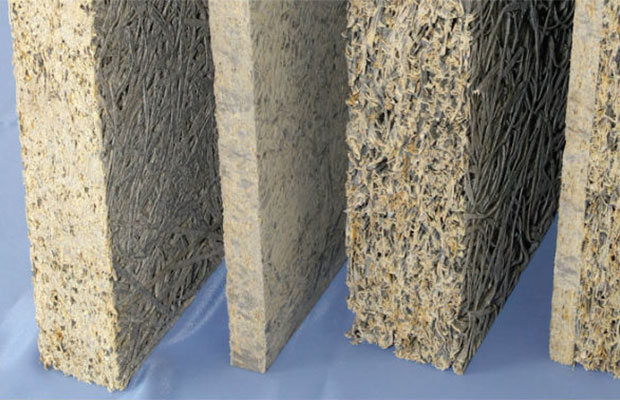
Portland cement and shavings are used for the production of CBPB
The use of special additives (up to 2.5–3% of the total volume) eliminates the negative consequences of the proximity of wood and cement, imparting such useful properties of the first and second components as heat resistance and fire resistance to the cement-bonded particle board. Moreover, due to the percentage - 24% of the wood accounts for 65% of the cement - the slab acquires other positive qualities: high strength, frost resistance, sound insulation properties, vapor permeability and complete disregard of the material by both insects and rodents.
In addition, both wood and cement board demonstrate such qualities as resistance to fungi, moisture resistance, resistance to temperature shrinkage and compatibility with most finishing materials, which is due to enviable adhesion. At the same time, chemical additives in CBPB do not belong to environmentally harmful materials, since they do not contain either asbestos or formaldehyde.
Specifications, pros and cons
- density - 1100-1400 kg / m3;
- weight of a standard sheet (2700x1250x16mm) - 73 kg;
- elasticity (in compression and bending - 2500 MPa; in tension - 3000 MPa; in shear - 1200 MPa);
- change in linear dimensions after 24-hour exposure in water (thickness - 2%; length - 0.3%);
- sound insulating ability - 45 dB;
- thermal conductivity - 0.26 W / m · ° C;
- flammability group - G1 (slightly flammable);
- service life (in a dry room) - 50 years.
Like all building materials, cement particle board has its pros and cons.
«+»:
DSP is an environmentally friendly material that does not contain toxic substances such as phenol and formaldehyde. In addition, this material:
- - frost-resistant;
- - fire resistant;
- - moisture resistant;
- - soundproofing;
- - non-rotting (due to the calcium hydroxide contained in the plate, the development of fungus and mold is excluded);
- - resistant to longitudinal deformation (can be used for sheathing the frame of multi-storey buildings);
- - well combined with wood, metal, polymers;
- - easy to process (you can cut, saw, drill).
- - technologically easy to install (facilitates construction and does not require extra costs);
- - suitable for all types of finishes (plaster, wallpaper, tiles, painting).
«-»:
- - large weight and dimensions complicate the installation of cement-bonded particle board on the upper floors of the building, special lifting mechanisms are required;
- - relatively short service life (with active contact with the external environment - 15 years).
Standard sizes of DSP sheet:
- length - 2700, 3200, 3600 mm;
- width - 1200, 1250 mm;
- thickness - 8, 10, 12, 16, 20, 24 mm (can be up to 36 mm);
The weight of the sheets varies from 36.5 to 194.5 kg, depending on the size of the canvas.
DSP boards are manufactured in accordance with GOST 26816.
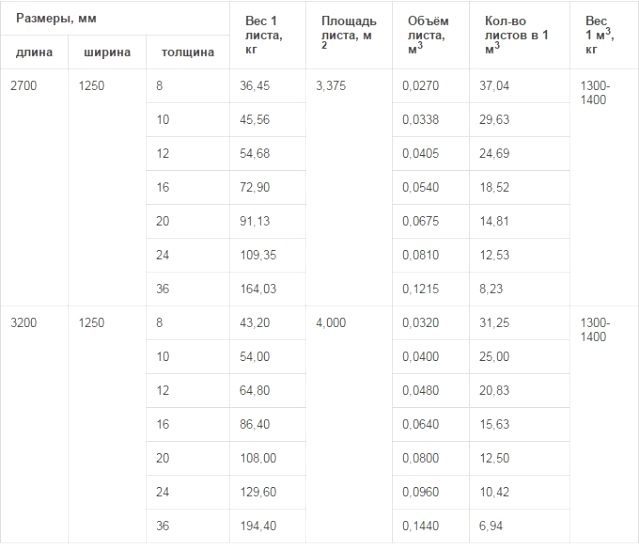
5 Interior decoration and flooring - for every taste
If you have a DSP board, the use of this material in interior works is limited only by your imagination. The sheets produce high quality rough wall cladding or frame cladding. Moreover, they can be covered with a layer of plaster or primer and pasted over with wallpaper or tile, so DSP goes to wet areas (bathrooms, showers, toilets, kitchens), and to ordinary rooms. Thick sheets can be used when arranging interior partitions.
Such a move allows you to speed up the arrangement of the interior, and thanks to the wood base in the DSP, you can not only screw in self-tapping screws, but also hammer in nails by hanging pictures, mirrors, shelves or decor. DSP in the interior is valued for its high fire resistance. This material not only resists open flames for 50 minutes, but also does not emit toxic combustion products. Therefore, such panels are attributed to the low-combustible type of building materials G1 - the DSP on its own will not burn under any circumstances.
However, the most common area of application for such slabs is interfloor, basement or attic floors. DSP for floors or ceilings are more than willing to buy. With this material, you can insulate a concrete slab, strengthen the frame floor, and increase the moisture resistance of a wooden base. Installation of a floor (basement) based on DSP involves the following operations:
- Waterproofing and soundproofing are placed on the support post.
- A lag (5x8 centimeters bar) and cranial bars are laid on top. The placement step is 60 centimeters.
- A boardwalk or a thin particle board is mounted on the bars - the use of thick slabs for the rough type floor will be unjustified for practical reasons. After all, only the insulation holds the sub floor.
- A waterproofing membrane and a layer of insulation are laid on top of the flooring. Moreover, the thickness of this layer should be 2-3 centimeters less than the depth of the log - this space will go under the ventilation gap.
- At the end, a DSP sheet is laid on the lag and fixed on ordinary countersunk head screws.
Acting in this way, you can get a warm floor with excellent strength characteristics even with a 20 mm thickness of cement-bonded particle board. Panels with a thickness of 24-36 mm can be laid on sand-cement bedding or compacted clay, abandoning the support posts.For residential buildings, this technology will not work, but for storage facilities, a thick cement-bonded particle board, the technical characteristics of which indicate a readiness to withstand a large operational load, will come in handy.


